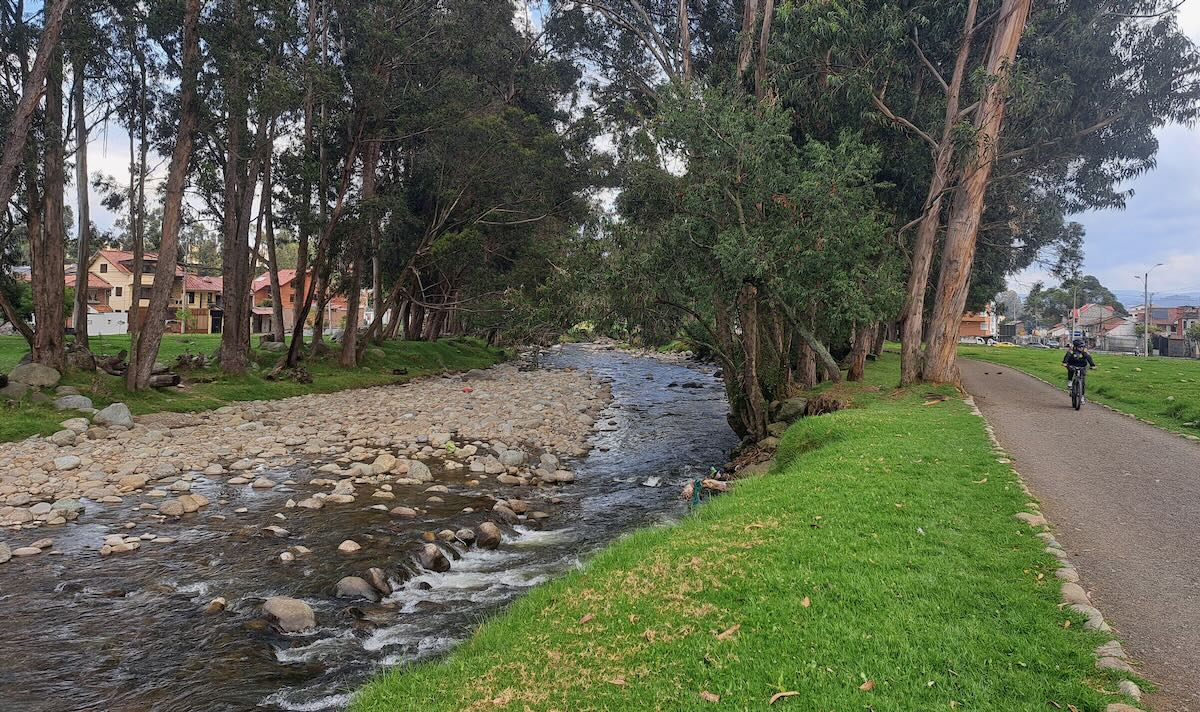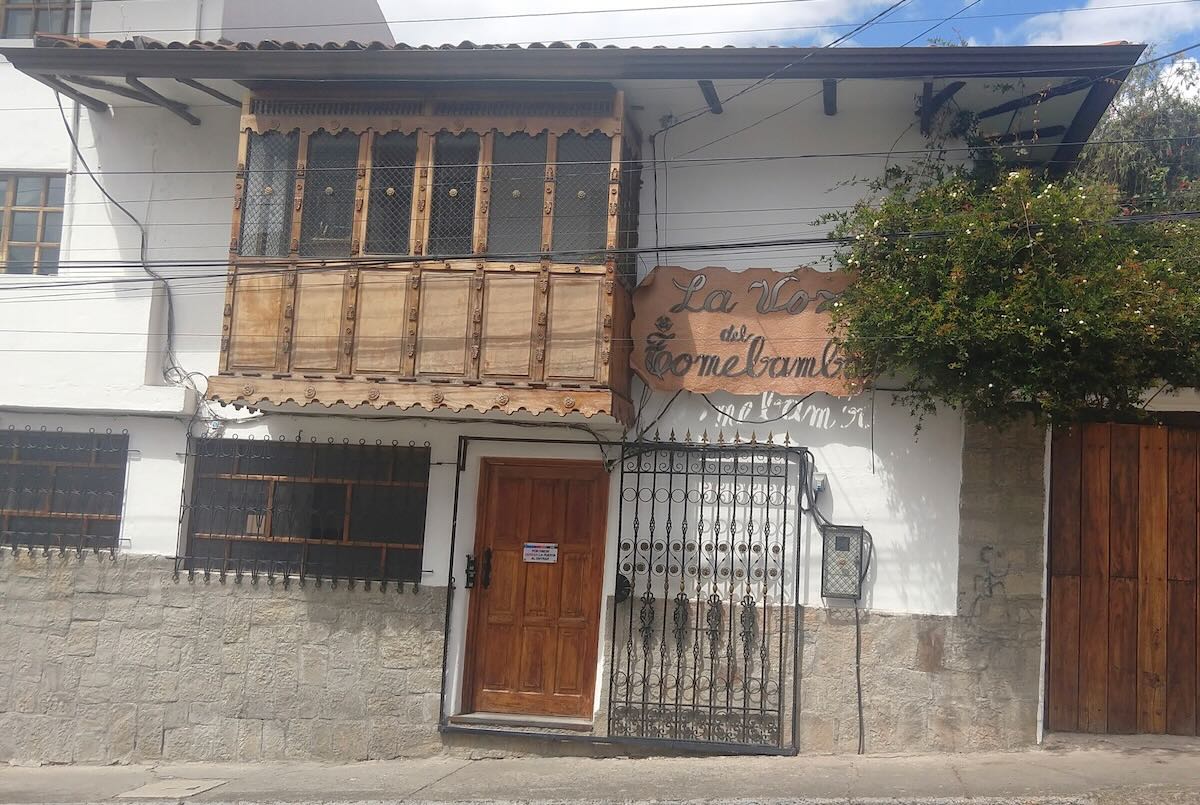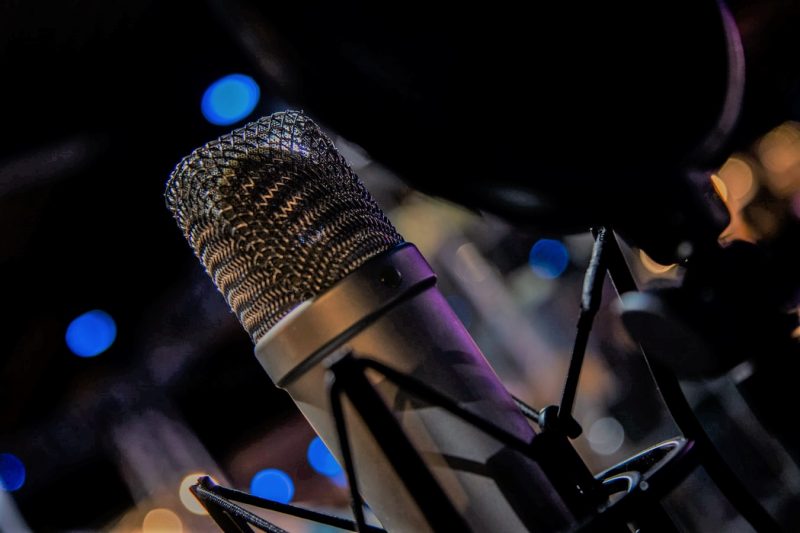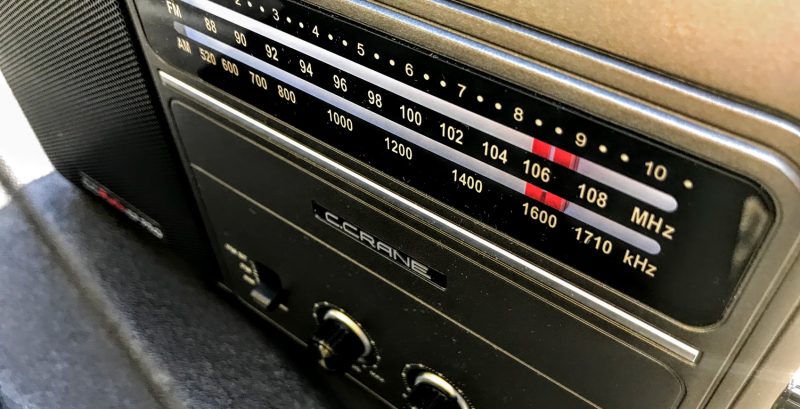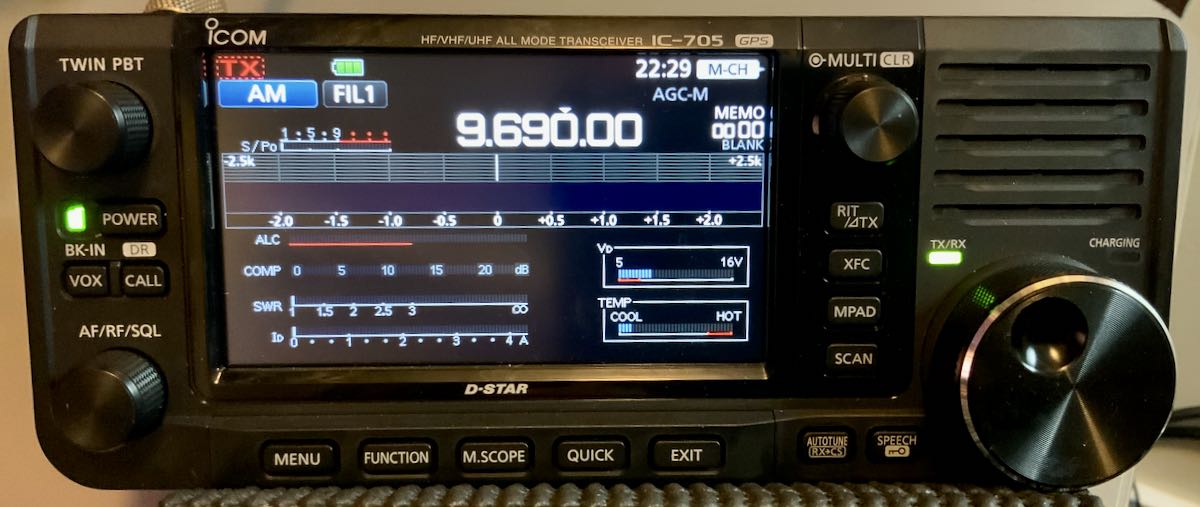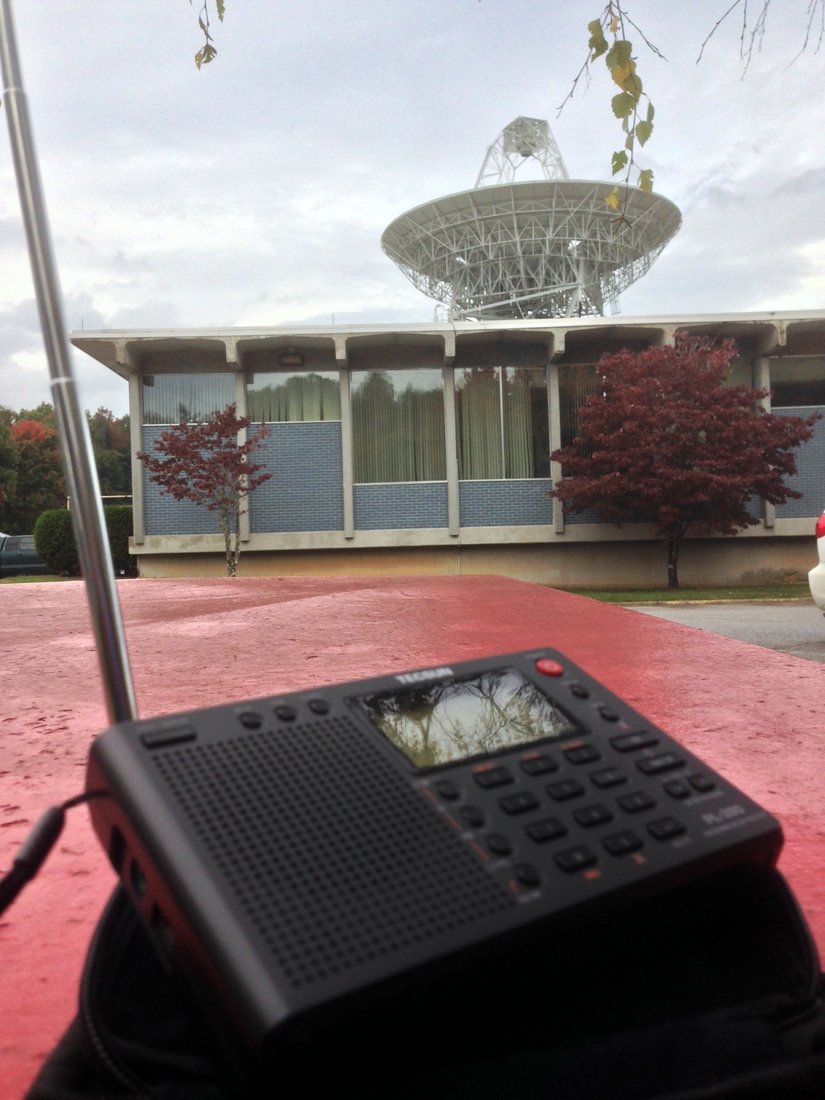Many thanks to SWLing Post contributor, Loyd Van Horn, who shares the following announcement:
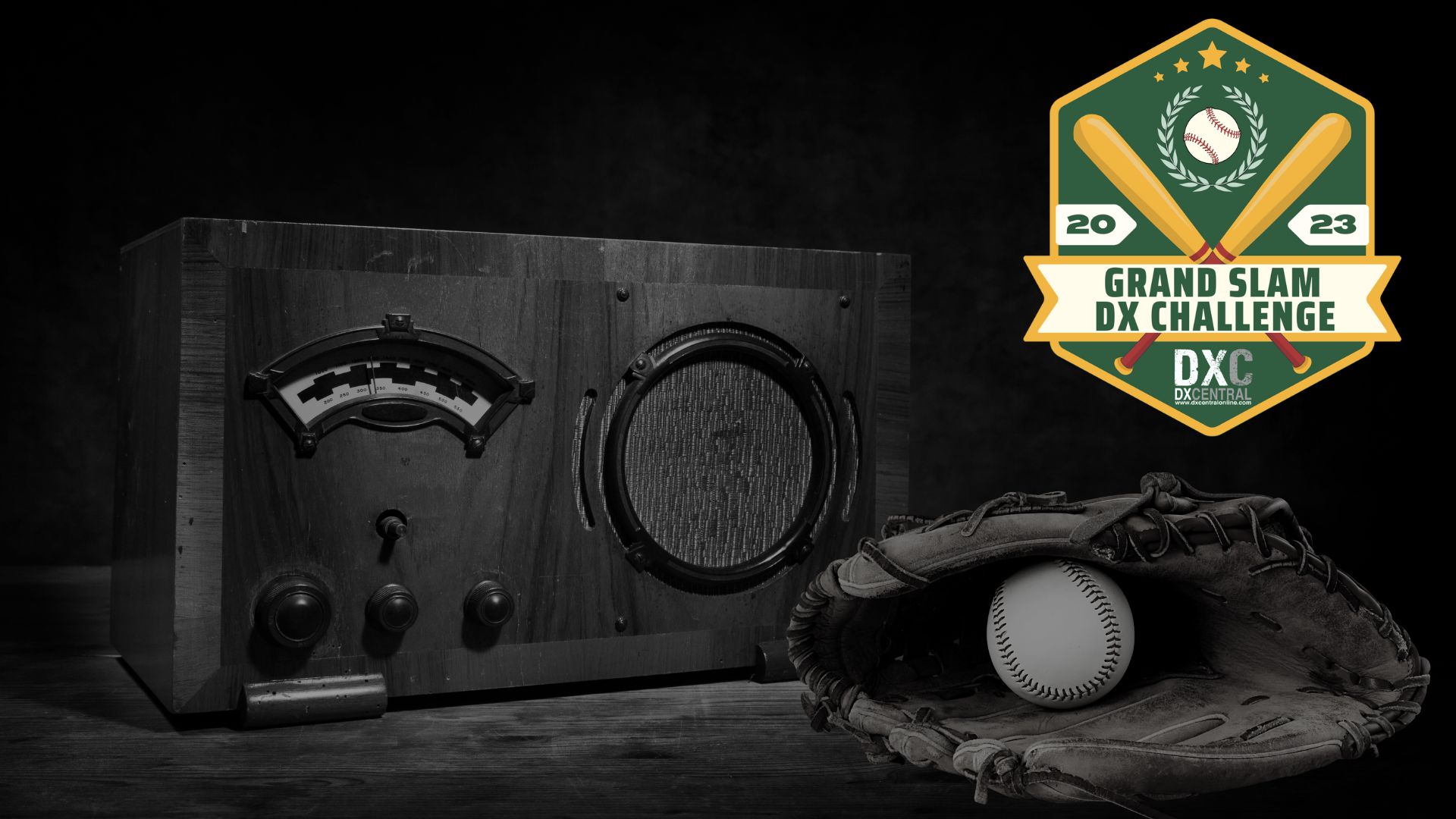 DX Central Announces Inaugural Grand Slam DX Challenge
DX Central Announces Inaugural Grand Slam DX Challenge
Chances are, if you ask a DXer how they began their love of DX, many will tell you it all began by searching through the static for the unmistakable sounds of baseball.
Radio and baseball have been intrinsically tied together since the early days of both. In fact, radio broadcasts of baseball games, long before the days of television, are what helped to turn it into “America’s National Pastime.”
It is with that history in mind that we are pleased to announce the inaugural Grand Slam DX Challenge.
Originating from an idea between DX Central’s Loyd Van Horn (W4LVH) and Sean Kutzko (KX9X), the Grand Slam DX Challenge (GSDXC) once again honors the link between radio and baseball by challenging hobbyists to log as many radio stations, from as many Major League Baseball teams, as possible during the MLB regular season.
“I knew I wanted to have some sort of challenge,” says Van Horn. “I just wasn’t sure exactly what or how that would work. Then Sean came to me with the idea of doing something around the baseball season and I thought ‘that’s genius!’”
The notion of tying America’s game with DXing came naturally to Kutzko.
“My love for baseball goes back probably on par with the same time that I got interested in AM DXing as a really, really small kid,” says Kutzko. “[The challenge] is a multi-month event focused around the two greatest things that I spend my time with which is radio and baseball.”
 To help turn this idea into reality, Kutzko brought his experience building the ARRL’s National Parks on the Air (NPOTA) program in 2016 for the amateur radio community. In addition, Kutzko and Van Horn teamed up with Mike Leary (K7MSO), an experienced web developer and radio hobbyist, who volunteered his time and skills to the project.
To help turn this idea into reality, Kutzko brought his experience building the ARRL’s National Parks on the Air (NPOTA) program in 2016 for the amateur radio community. In addition, Kutzko and Van Horn teamed up with Mike Leary (K7MSO), an experienced web developer and radio hobbyist, who volunteered his time and skills to the project.
The premise is simple: a participant should try to receive as many stations – and from as many different Major League Baseball teams – as possible. The broadcasts must be from the team-sanctioned radio network broadcast (national broadcasts from networks such as ESPN, Westwood One, etc. do not count).
There are nine entry categories that a participant can choose from, and include AM only, FM only or both AM and FM submissions.
Submissions for the challenge will be through the challenge Web site: grandslamdxchallenge.com. The full rules and scoring system for the challenge also available on the same site.
It is important to note that this inaugural edition of the challenge is a true beta version. Feedback from the community will be critical for resolving any defects or making any improvements for future iterations of the challenge.
“I just hope that this is something people will really be able to enjoy, perhaps even remind them of why they fell in love with radio in the first place,” says Van Horn. “With the Sporadic Es season coming for FM and the unique propagation opportunities that often occur during summer on AM, there should be plenty here to keep DXers glued to their radios throughout the summer!”
Click here to check out the Grand Slam DX Challenge website and register!
Livestream Video:




